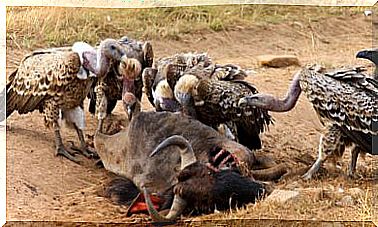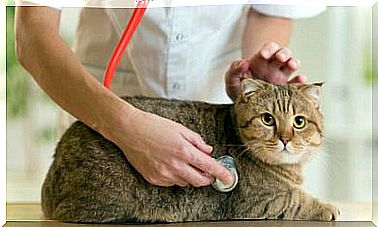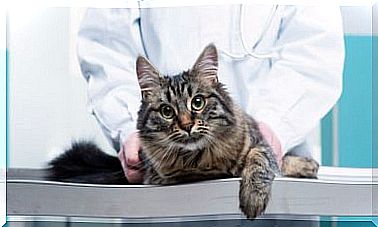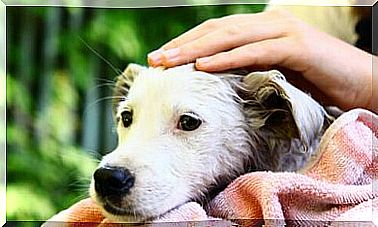The Aggressiveness Of Dogs: What Can We Do?

When our dogs have aggressive behavior, there is no doubt that this behavior, in addition to being irritating, can be extremely dangerous. . But, what about my pet? Why is he aggressive if I give him food, affection and attention?
Well then, we will give you some answers for you to try to understand the aggressiveness of dogs, as well as some tips and advice to control it.
What is aggressiveness?
Aggression is a natural and normal behavior in dogs and other animal species. But why is my dog aggressive?
The aggressive behavior of some dogs is usually caused by fear and, more often, stress and can also be due to several factors, such as lack of adequate and early socialization (ie, before 14 weeks of age) .
Other factors could be lack of training or unqualified training methods, or any traumatic experience the animal has had.
In addition, it could also be due to genetic predisposition or perhaps some medical problems such as mast cell cancer, hypothyroidism, Cushing’s disease , urinary tract infections, elbow and hip dysplasia or arthritis.
Some types of aggression can be due to neurological problems. Accordingly, these types of behaviors require the assistance of a behavioral veterinarian.
What are the triggers that cause aggression?
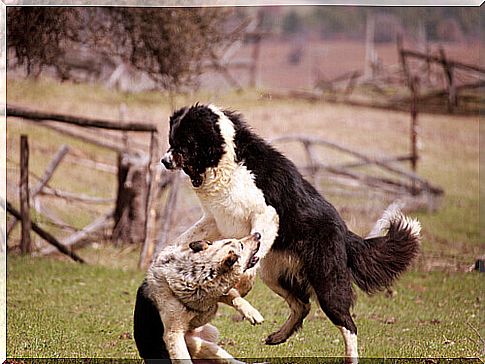
There is no such thing as an aggressive dog. Aggression is always a response to something in the dog’s environment, or to the action of a human being, the sudden appearance of another dog, pain caused by an injury or illness, or other reasons.
This is known as background, which means that a previous occurrence causes the event.
Each trigger is followed by a behavior.
For example, an owner gives his dog the command “sit”. The dog sits down and the owner gives him a treat. In most cases of aggression, the triggering factors follow a pattern.
Sometimes the pattern is easy to see, for example when a person walks up to your dog and suddenly hits it. Sometimes it can be more difficult because there may be multiple triggers, or it could be due to non-visual factors such as something the animal hears or smells.
In order to determine what is causing the dog’s aggressive behavior, it is necessary to gather a detailed history of each incident, which can help establish a triggering pattern.
A professional trainer can work with you to determine and identify these patterns. Once identified, it will be necessary to begin a training or behavior change plan as soon as possible.
According to several studies, dogs’ aggressive behavior usually occurs because they are afraid, not because of the species’ natural desire for dominance.
While some breeds such as Dobermann and Akita have been selected for their excellent guard dog skills, that doesn’t mean that every one of these breeds will make a good guard dog.
Breed, as the only element, is not a determining factor in stating that an animal will develop or demonstrate aggressive behavior. The history and isolated behavior of each individual of a particular breed should also be considered.
Can aggression be prevented?
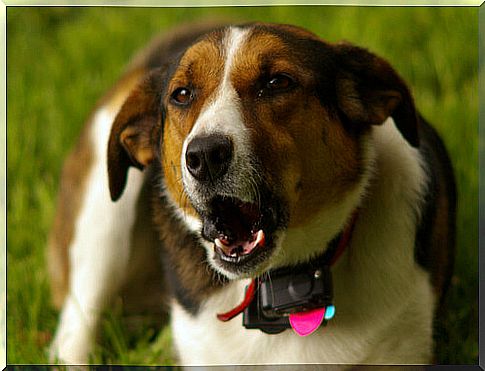
Only in very rare cases is aggression not random. A dog that bullies strangers can perhaps be perfectly friendly when he meets new dogs. So does aggression happen without notice?
Dogs show many signs of anxiety or discomfort that most owners don’t recognize. When these stress symptoms are ignored, the animal can give a warning signal that is very obvious, which is when you might hear some grunting.
Common signs of anxiety and stress include, among other signs:
- The animal avoids other specimens of its kind;
- Repetitive yawns ;
- A tense body language;
- Slow movements;
- Ears back.
When owners do not recognize these symptoms, the dog can fall into stressful situations and intensify its signal of discomfort.
In this sense, the best thing we can do is hire a professional trainer, who will teach us to read our dog’s body language. That way it will be easier to identify some signs of anxiety and avoid aggressive behavior.
